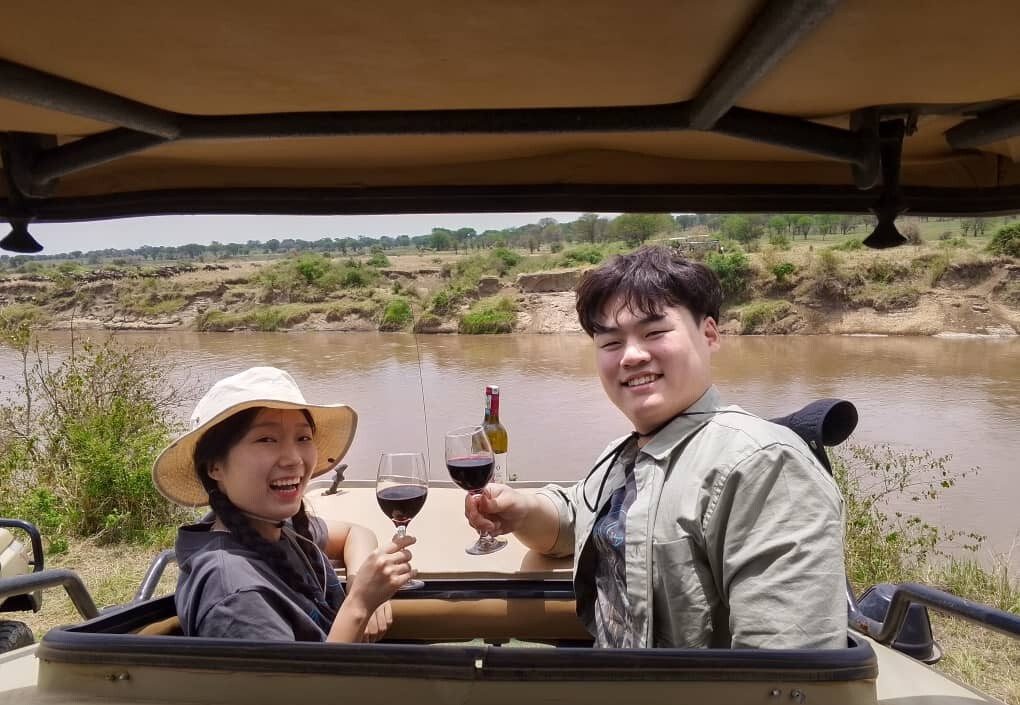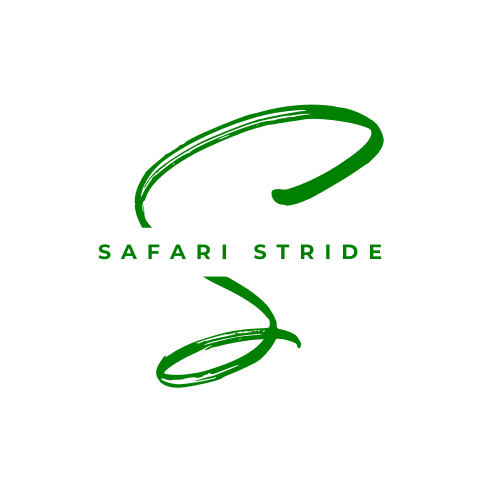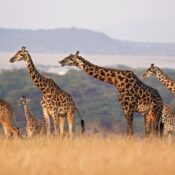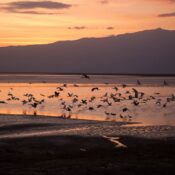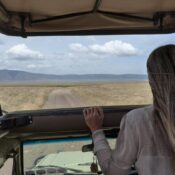A Day Trip to Ngorongoro Crater: Africa’s Eden
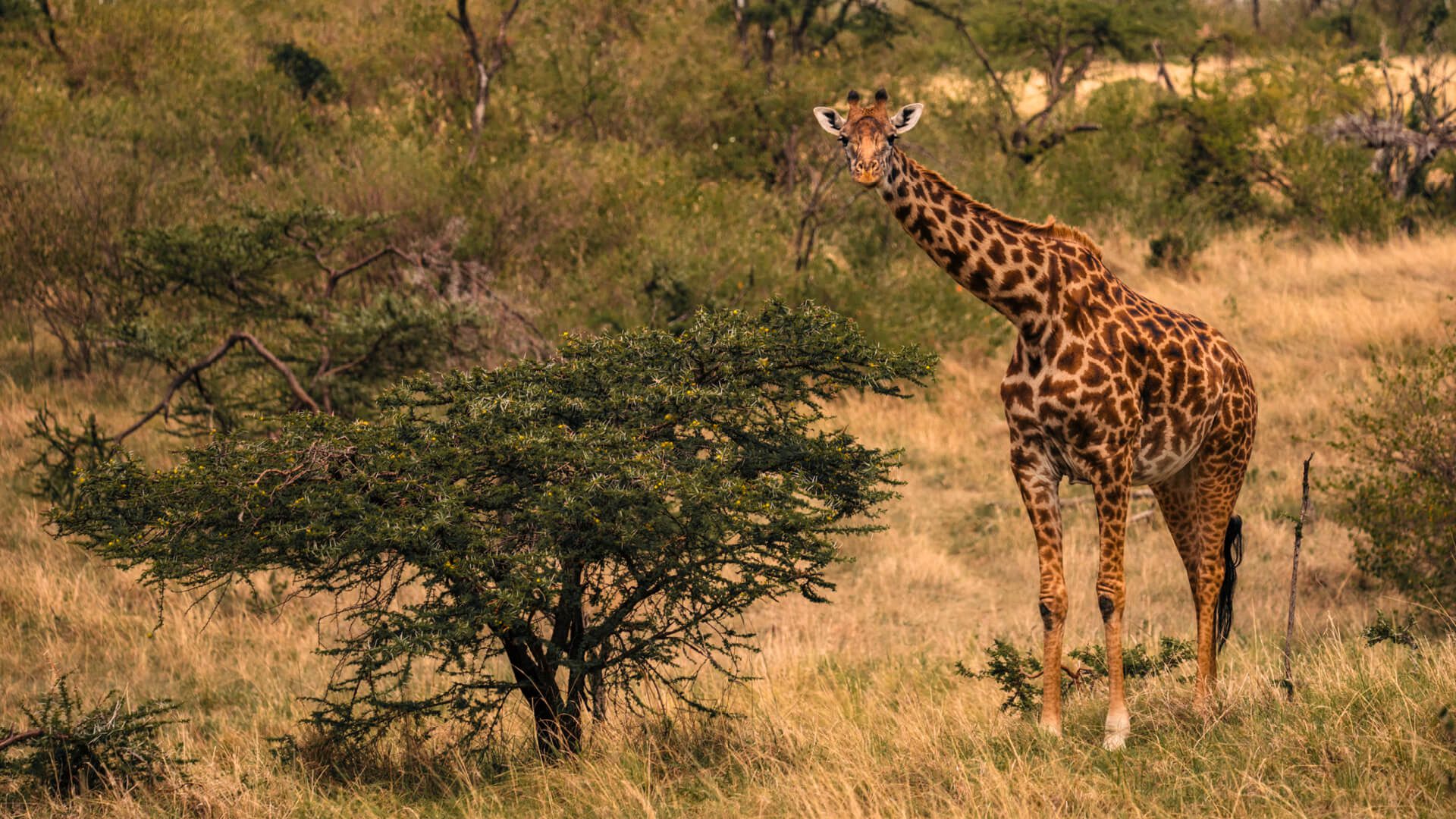
A Day Trip to Ngorongoro Crater: Africa’s Eden
The Ngorongoro Crater, often referred to as Africa’s Garden of Eden, is the world’s largest inactive, intact, and unfilled volcanic caldera. Located in northern Tanzania, within the Ngorongoro Conservation Area (NCA), the crater spans approximately 260 square kilometers and stretches over 20 kilometers in diameter.
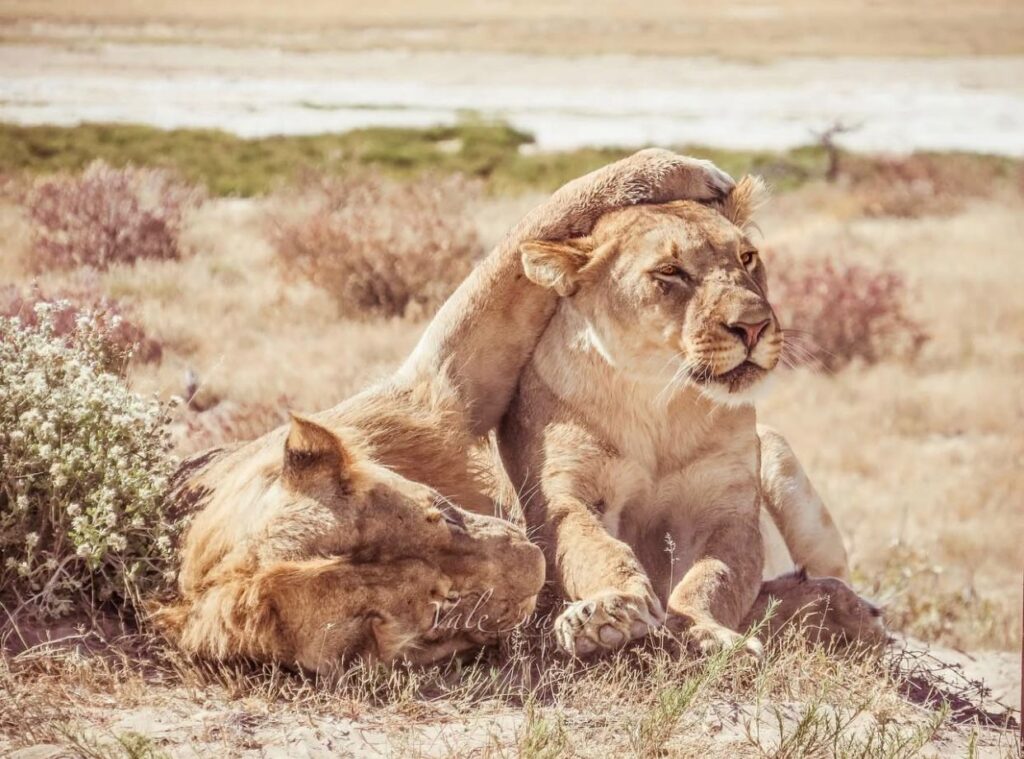
Table of Contents
It was formed nearly three million years ago when a massive volcano erupted and collapsed inward. Today, this UNESCO World Heritage Site is a flourishing ecosystem supporting over 25,000 large animals, including the endangered black rhino, making it one of the most unique safari destinations in Africa.
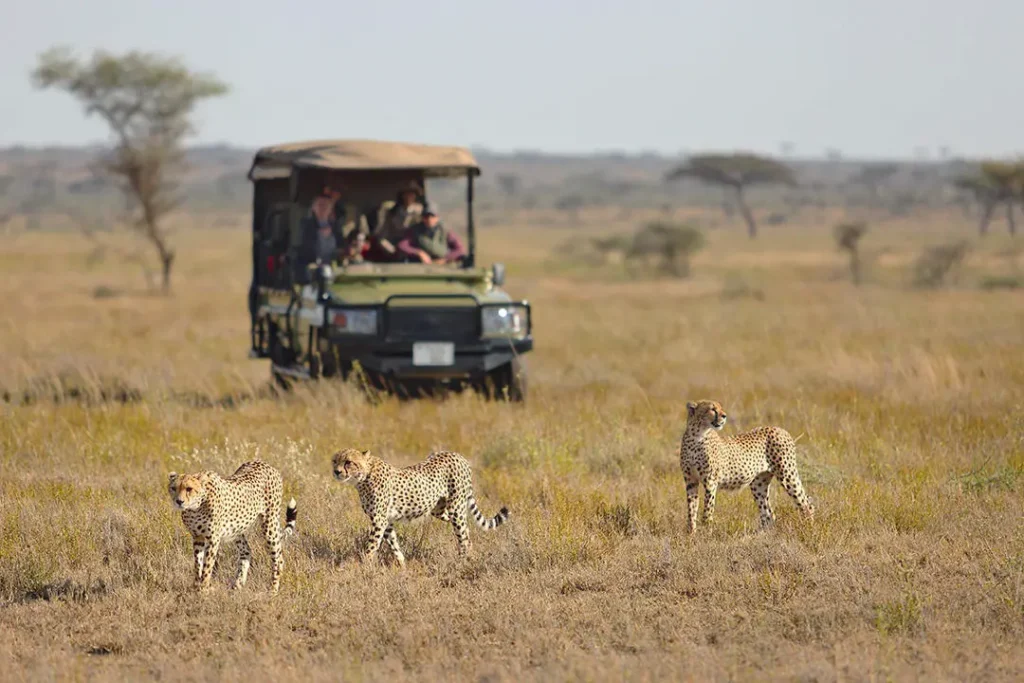
A Full-Day Adventure in Ngorongoro Crater: Your Hour-by-Hour Safari Experience
A Ngorongoro Crater day trip is an exhilarating immersion into one of Africa’s most spectacular wildlife havens. From dawn to dusk, every moment brings new discoveries in this natural amphitheater teeming with life. Here’s exactly how your day unfolds, with all the magic in between.
Pre-Dawn: The Journey Begins (5:30 AM – 6:00 AM)
Your day starts before sunrise with a quick coffee and snack at your lodge in Arusha or Karatu. The crisp morning air carries excitement as your guide arrives in a rugged 4×4 safari vehicle. After a brief orientation, you set off in the predawn glow, watching the landscape transform from shadowy silhouettes to golden hues. The 2.5-hour drive winds through the highlands, passing Maasai herders with their cattle and patches of montane forest.
First Light at the Crater Rim (8:00 AM – 8:30 AM)
As you reach the Ngorongoro Conservation Area gate, the sun begins illuminating the crater’s edges. A short stop at the viewpoint reveals the vastness below—a 260 sq km (100 sq mile) wilderness cradled by towering walls. Morning mist often lingers over Lake Magadi, creating an almost mythical atmosphere. This is the perfect moment for your first photos, with the crater floor stretching endlessly before you.
The Descent: Entering the Wild (8:30 AM – 9:00 AM)
The drive down the steep crater wall is an adventure in itself. The narrow, zigzagging road demands slow navigation, allowing you to spot olive baboons scampering along the slopes and augur buzzards soaring overhead. As you reach the base, the terrain opens into grasslands dotted with grazing zebra and wildebeest. Your guide scans the distance, already pointing out the first of many wonders—perhaps a distant lion pride or a lone elephant bull moving through the acacias.
Morning Game Drive: Predators and Prey (9:00 AM – 12:00 PM)
The next three hours are a thrilling safari immersion. The crater’s compact ecosystem means wildlife encounters come in rapid succession:
- Lion Country: Dominant males patrol their territories while lionesses stalk prey near the swamps.
- The Elusive Rhino: Ngorongoro is one of the last strongholds for black rhinos; sightings, though rare, are unforgettable.
- Hippo Havens: The marshes around Lake Magadi host dozens of hippos, their grunts echoing across the water.
- Hyena Clans: These clever scavengers lurk near kills or trot along in search of opportunities.
Your guide’s expertise shines here, interpreting animal behavior and tracking hidden gems—like a cheetah resting on a termite mound or a serval cat slinking through the grass.
Lunch Among Giants (12:30 PM – 1:30 PM)
By midday, you’ll stop at a scenic picnic site near the hippo pools. As you unpack your lunchbox (typically sandwiches, fruit, and snacks), the resident hippos provide entertainment, surfacing with dramatic splashes. Yellow-billed storks and egrets wade nearby, and if you’re lucky, a flock of flamingos might paint the lake’s edge pink. This is also a chance to stretch your legs—under the watchful eye of your guide, as buffalo and elephants sometimes wander nearby.
Afternoon Exploration: Hidden Treasures (1:30 PM – 4:00 PM)
The post-limb hours reveal a different side of the crater. The light softens, casting long shadows, and animals seek shade or water. Your guide navigates to lesser-known corners:
- Lerai Forest: A cathedral of yellow-barked acacias where leopards sometimes drape themselves over branches.
- Gorigor Swamp: A magnet for rhinos and elephants, especially in the dry season.
- Lake Magadi’s Shores: Flamingos filter-feed in the shallows, their reflections shimmering in the alkaline waters.
This is also when predators become more active again. A lion might stir from its siesta, or a hyena clan begin their evening patrol.
Farewell to the Crater (4:00 PM – 5:00 PM)
As the sun dips toward the rim, you begin the ascent, pausing for one last look at the savanna below. The climb offers final glimpses of wildlife—perhaps a dazzle of zebra or a lone jackal trotting home. Back at the rim, the crater’s scale feels even more impressive in the late-afternoon light.
Return Journey: Stories and Stars (5:00 PM – 7:00 PM)
The drive back to Arusha or Karatu is a time to relive the day’s highlights. Your guide might share stories of the crater’s Maasai heritage or point out constellations as night falls. By the time you reach your lodge, you’ll have a camera full of images and a deeper connection to this extraordinary place.
What’s Included & Excluded in Your Ngorongoro Safari
Included Services
- Private 4×4 Safari Vehicle: A rugged, well-maintained Land Cruiser with a pop-up roof for optimal wildlife viewing.
- Expert Safari Guide: A knowledgeable, English-speaking driver-guide to enhance your experience.
- Delicious Packed Lunch: A freshly prepared meal to enjoy amidst the wild.
- Mineral Water: Complimentary bottled water to keep you hydrated.
- Park Entry Fees: All Ngorongoro Crater conservation and vehicle fees.
- Scheduled Activities: Game drives and sightseeing as outlined in your itinerary.
Excluded Services
- International Flights: Airfare to and from Tanzania is not included.
- Extra Accommodation: Any stays before or after the tour are at your own expense.
- Gratuities: Tips for guides and staff (recommended: $10 per person per day).
- Personal Expenses: Souvenirs, travel insurance, visa fees, and other personal items.
- Tax Increases: Any unforeseen hikes in government taxes or park fees.
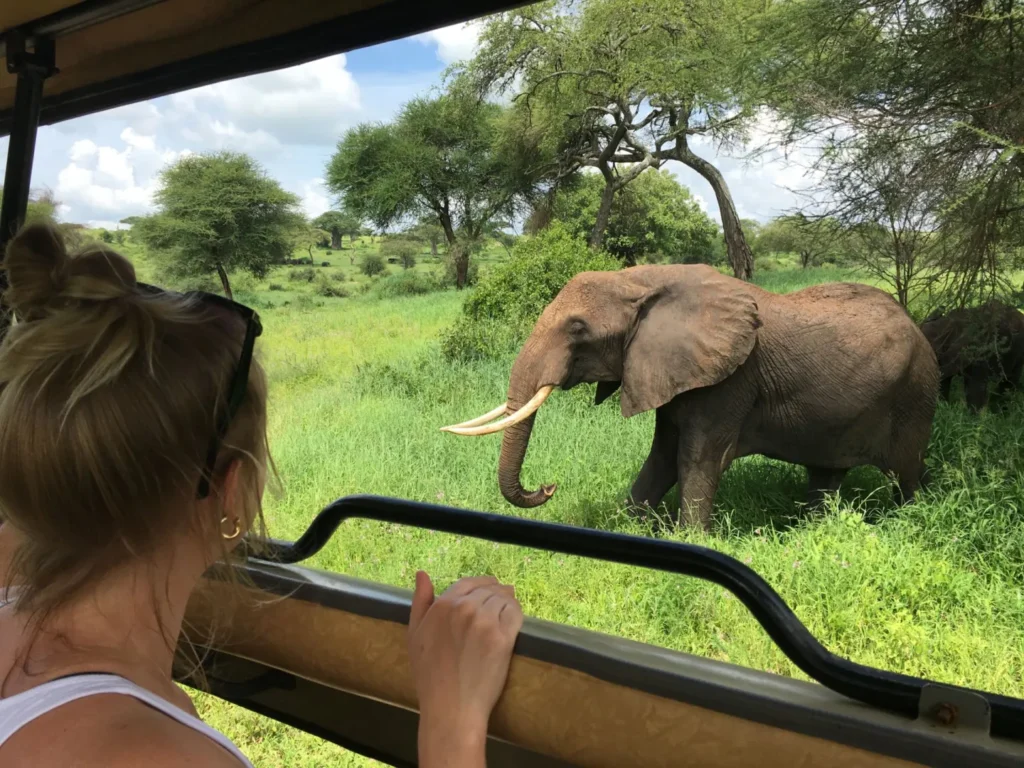
Is it Safe to Go on Safari in the Ngorongoro Crater? Our Expert Insight
With over seven years of guiding travelers through Tanzania’s northern circuit, we can confidently say that safaris in the Ngorongoro Crater are safe and well-managed. As a protected conservation area teeming with wildlife, the safety of our guests is always our top priority, and every safari is conducted under the careful supervision of experienced local guides. In some cases, especially for walking excursions, an armed ranger may accompany the group to provide an added layer of security.
While Ngorongoro’s dramatic landscape was shaped by ancient volcanic activity, there is no danger from the crater itself. The volcano that created the Ngorongoro Crater is long extinct, and the surrounding region’s volcanoes are mostly dormant. The only active volcano nearby is Ol Doinyo Lengai, located north of the crater. This mountain continues to show signs of minor activity, but its eruptions are typically mild and have never impacted any of our safari operations.
Crime in and around the Ngorongoro Conservation Area is extremely rare. Most areas are quiet and peaceful, with a strong community presence and a high level of respect for visitors. That said, we always recommend taking basic safety measures: keep your valuables secure, avoid walking alone after dark, and follow your guide’s advice at all times.
One safety consideration not to overlook is road travel. Some of the roads leading to and from the crater can be rugged, especially after heavy rains. For this reason, we use well-maintained 4×4 Land Cruisers operated by professional driver-guides who are familiar with the terrain. While self-driving is an option, we strongly advise choosing a guided safari to ensure a safer, smoother, and more enriching experience.
Air travel into northern Tanzania is also safe, whether you’re flying into Kilimanjaro International Airport or using smaller airstrips closer to the parks. Regional flights operated by trusted carriers adhere to strict safety protocols, and we’ve had an excellent track record over the years transporting clients by both road and air.
Health and hygiene are well-managed across the lodges and camps we work with. Clean drinking water is readily available—usually bottled or filtered—and our partners maintain high standards in food preparation. While foodborne illness is always a possibility when traveling abroad, we carefully select accommodations and restaurants that uphold top-tier food safety standards. If you’re dining at more rustic establishments or exploring local eateries, it’s wise to stick with hot, freshly prepared meals rather than cold salads or uncooked items.
None of our guests have experienced food-related issues during their time with us, thanks to our selective approach to accommodation and dining. Whether you’re staying at a luxury lodge or a budget-friendly camp, we take every step to ensure your safari is as safe and enjoyable as it is unforgettable.
If you have any specific concerns about travel safety in Tanzania, we’re here to provide honest advice and personalized support every step of the way.
Recent Posts
